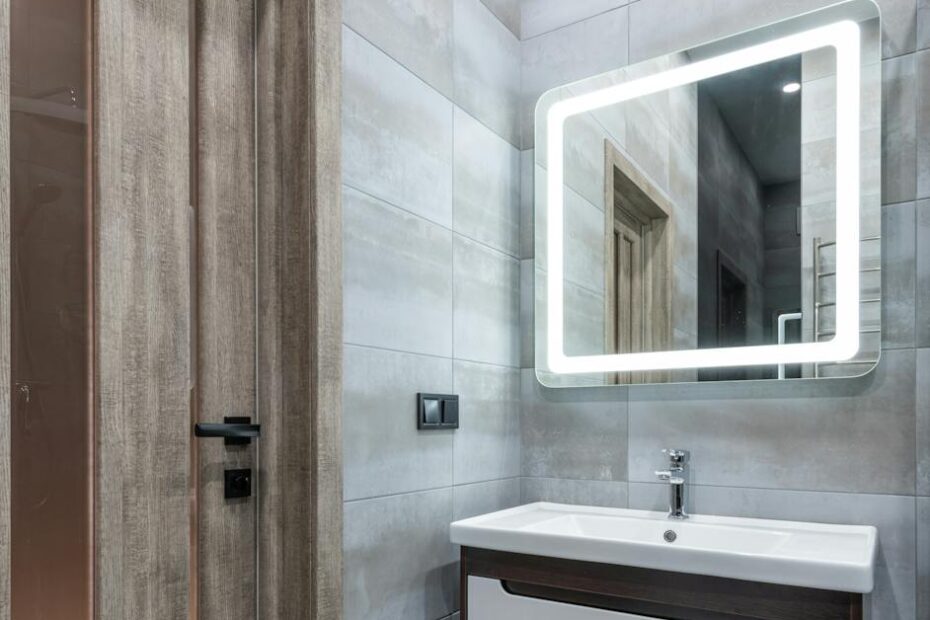The placement of electrical switches in a home is a matter of careful consideration. One common question that arises is can a light switch be near a sink?
During the design or renovation of a kitchen or bathroom, part of the key design elements will be lighting leaving you wondering whether it’s safe to have a light switch near a sink.
While there are no strict rules governing this placement, there are important safety considerations and guidelines to follow.
We will explore the factors to consider when deciding whether a light switch should be near a sink and offer advice to ensure electrical safety in your home.
Safety Concerns For Light Switches Near Sinks
The primary concern when deciding whether to place a light switch near a sink is safety. Water and electricity don’t mix well, and combining the two can lead to electrical shock, fires, or other dangerous situations.
Here are some safety considerations to keep in mind:
Water Splashes
Sinks are prone to water splashes and spills. If a light switch is located too close to a sink, it could come into contact with water, increasing the risk of electrical shock or damage to the switch.
Wet Hands
People often operate light switches with wet hands in kitchens and bathrooms. Wet hands can provide a path for electricity to flow through your body, resulting in an electrical shock.
Electrical Fires
Water and electricity can lead to short circuits, which may cause electrical fires. Placing a switch near a sink could increase the chances of water-related accidents.
Guidelines for Placing Light Switches Near Sinks
While there are no strict rules governing the placement of light switches near sinks, several guidelines can help ensure safety when designing your new kitchen or planning out a bathroom sink design.
Maintain A Safe Distance
Ideally, light switches should be placed at least three feet away from sinks to reduce the risk of water contact. This distance helps ensure that switches remain dry during routine activities near the sink.
Use Waterproof Covers
If it’s not possible to maintain a three-foot distance, consider installing waterproof switch covers. These covers are designed to protect the switch from water splashes and are an effective safety measure.
Ground Fault Circuit Interrupters (GFCIs)
Install GFCI outlets in areas near sinks. GFCIs are designed to trip and cut off power when they detect a ground fault, providing an extra layer of safety in wet environments.
Professional Installation
Always hire a licensed electrician for any electrical work near sinks or other wet areas. They will ensure that the installation complies with safety codes and regulations.
Consider Alternative Locations
If possible, place the light switch outside the immediate vicinity of the sink. This can help reduce the risk of water contact and enhance overall safety.
How Close Can A Light Switch Be To The Kitchen Sink?
The kitchen is a high-traffic area, and sinks are often surrounded by various appliances and activities. Therefore, special attention should be given to the placement of light switches in this space.
The closest, according the regulations, a switch can be to a sink unit is two feet.
Ideally, light switches should be placed at least three feet away from sinks to reduce the risk of water contact.
How Close Can A Light Switch Be To A Bathroom Sink?
Bathrooms are inherently wet environments, and safety is paramount. When it comes to light switch placement in bathrooms, additional considerations should be taken into account to ensure the well-being of occupants.
We recommend a three-foot distance from a sink, bath or shower so that your electrics are never too close to water although two feet is the minimum legal requirement.
How Close Can a Light Switch Be To A Bathtub?
The proximity of a light switch to the bathtub is a critical consideration in bathroom safety. Given the increased risk of water splashes and the potential for prolonged exposure to moisture, certain precautions must be observed.

